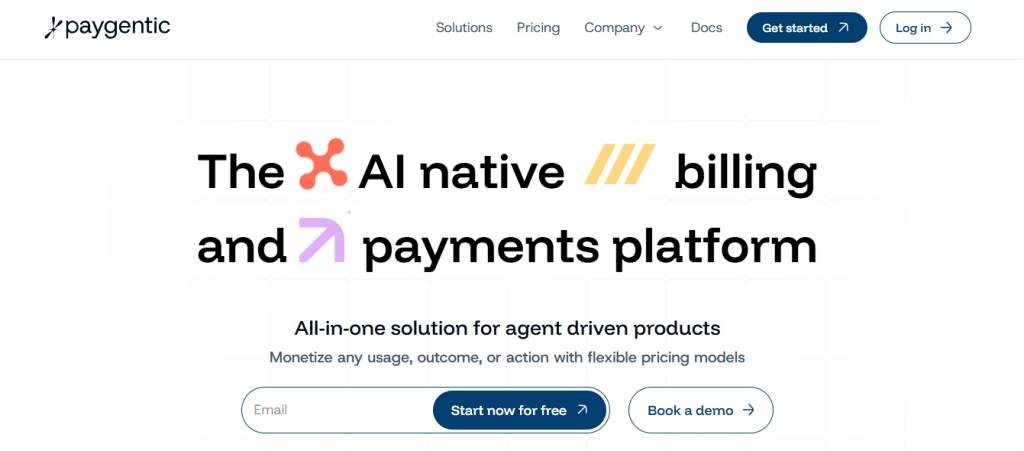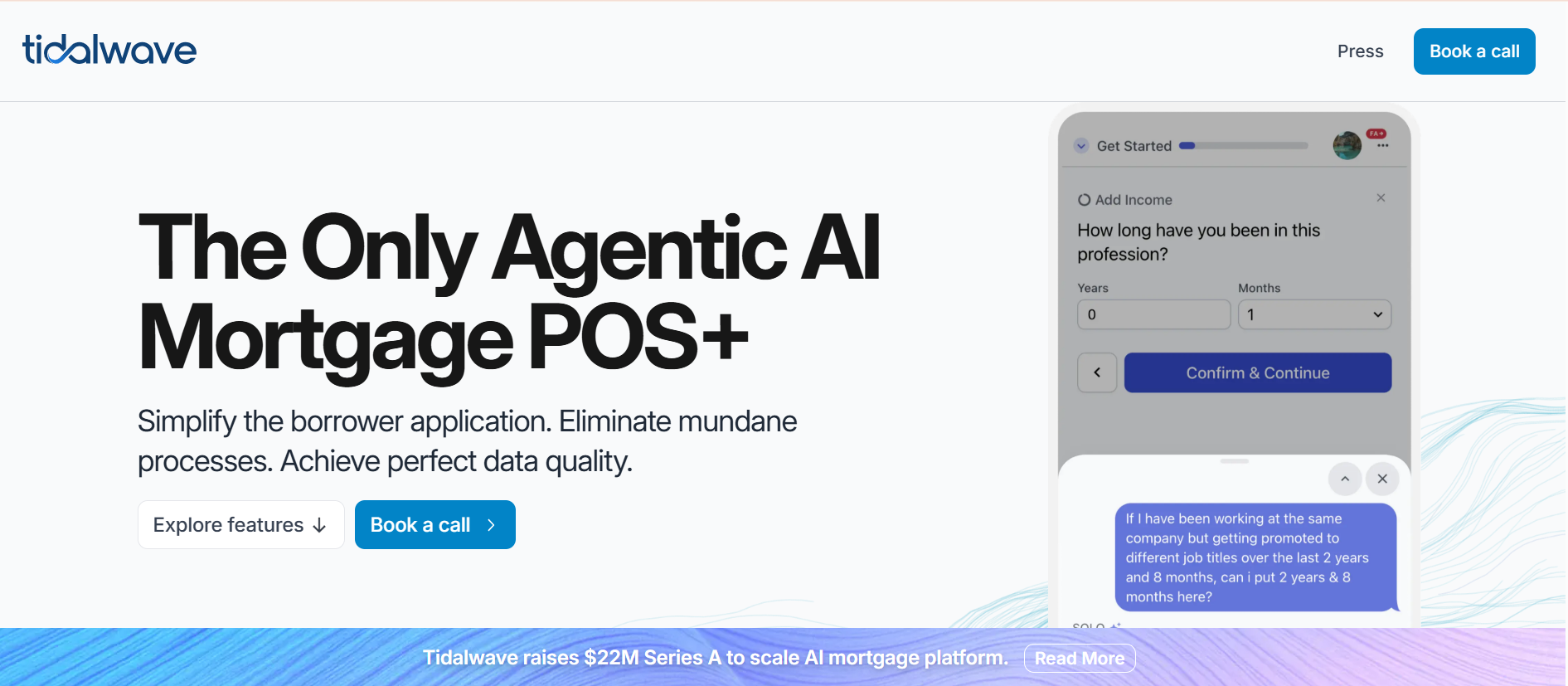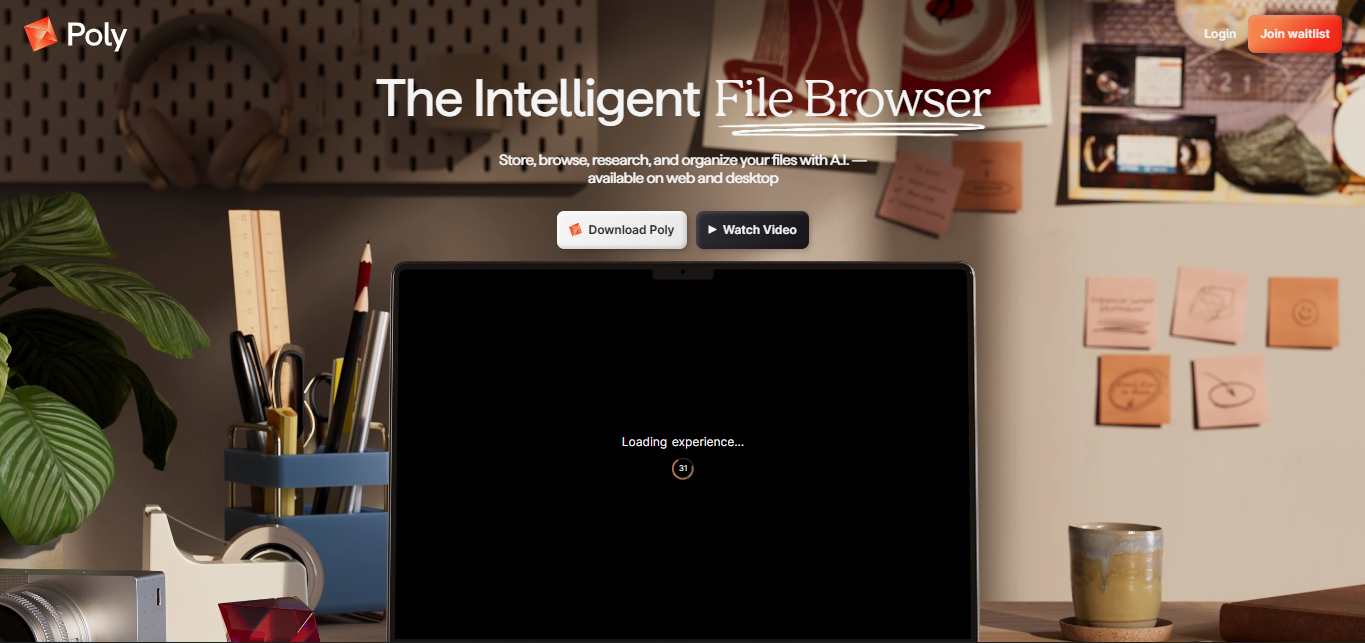Paygentic Secures $2,000,000 Pre-Seed to Build the Future of Automated Payments for Global SMBs
November 4, 2025
byFenoms Start-Ups

Paygentic has raised $2,000,000 in Pre-Seed funding, backed by MiddleGame Ventures, Anamcara, Aperture Capital, and Tech Operators. Led by founders Susan O’Neill and Samuel A., Paygentic is solving one of the biggest hidden drains on business cash flow: fragmented payment operations. While large enterprises have finance automation and ERP resources, small and medium-sized businesses are still stuck juggling spreadsheets, invoices, bank transfers, FX fees, and reconciliations manually. Paygentic’s platform centralizes payment operations into a single automated flow - allowing every global business to send, receive, track, and reconcile payments without friction, delays, or manual oversight. The company isn’t building another payments dashboard. It is building the automated payment engine SMBs have needed for decades.
Reframing Payments: Not “How Do We Get Paid?” but “How Do We Stop Touching Payments at All?”
Most payment tools help businesses process transactions. Paygentic helps them eliminate manual work from the entire lifecycle of payments - invoicing, compliance, reconciliation, and reporting. The problem isn’t that businesses lack payment solutions; the problem is that every solution handles only one part of the workflow. One tool sends invoices. Another tool receives payments. A different system reconciles it. A human stitches them together. Paygentic centralizes that chaos. Instead of manually verifying payments, chasing aging invoices, or switching between accounts, the system automatically tracks payment status, triggers reminders, and syncs financial data directly to accounting tools. Businesses stop managing payments. They simply receive them. Automation replaces manual cash-flow babysitting.
Infrastructure Over Tools: Paygentic Becomes the Operating System of Payment Ops
Where most fintech companies build features - Paygentic builds infrastructure. Payment operations are painful because data is scattered across banks, currencies, payment providers, and accounting platforms. Paygentic connects each of them. Instead of jumping between accounts, platforms, dashboards, and PDFs, finance teams get a single place where funds movement, cash inflow, reconciliation, and accounting entries all live together. It doesn’t matter if payments come through card, ACH, wire, or international remittance - the system ingests the data, identifies the payer, matches it with the invoice, and closes the loop. Paygentic does for payments what HubSpot did for marketing: it centralizes what used to be fragmented.
Don’t Build a Product - Build the System Others Are Forced to Adopt
Here’s the kind of strategic insight founders usually only learn after years of failing: features don’t create dependency, systems do. Paygentic could have built a better invoicing app. They could have built a faster way to reconcile transactions. They didn’t. They built the one layer that every SMB needs to function - the cash-flow movement system. Instead of competing with tools businesses already use, Paygentic inserts itself underneath them and becomes the system those tools depend on. Category leaders aren’t chosen because they are useful. They dominate because opting out becomes impossible. Paygentic doesn’t ask SMBs to change tools or adopt a new workflow. It simply becomes the part of the workflow that executes the money movement automatically. Businesses don’t “use Paygentic.” They run through Paygentic.
Investor Alignment: This Round Signals Category Creation, Not Iteration
MiddleGame Ventures and Anamcara specialize in fintech infrastructure, while Aperture Capital and Tech Operators bring deep industry networks in payments, compliance, and SaaS. These investors don’t back incremental products - they back companies changing the plumbing of financial systems. The thesis behind this round is extremely clear: SMBs deserve the same payment automation that enterprises have enjoyed for years. The presence of top payment infrastructure investors signals that Paygentic isn’t just a product - it is becoming part of the financial backbone for global commerce.
A Market Shifting to Automation: SMBs Are Done Manually Managing Cash Flow
Payment automation is no longer a “nice-to-have.” It is a survival requirement. Research shows that:
- SMBs lose up to 120 hours per month managing manual payments and reconciliation.
- 30% of SMBs fail due to cash-flow mismanagement, not profitability problems.
- The global B2B payments market is projected to hit $111 trillion by 2027, with SMBs representing the fastest-growing segment.
- Adoption of automated payment platforms is increasing at 18% CAGR worldwide.
Businesses aren’t struggling to collect money.
They’re struggling to manage the process that happens before and after the money arrives.
B2B payments are slow, fragmented, and full of friction. Paygentic enters at the exact moment when companies are realizing that manual payment management is no longer sustainable. Automation is no longer a competitive advantage - it is the new baseline.
Why Paygentic Wins: When Cash Flow Becomes Autonomous, Growth Accelerates
Most SMB teams are not struggling because they can’t figure out what to do. They are drowning because they can’t keep up with the repetitive, small, administrative tasks that surround payments. Paygentic removes the friction entirely. There are no manual reminders, no follow-up emails, no spreadsheet matching. Everything is automated. When payments stop being a distraction, businesses focus on growth, not invoicing. Companies grow faster when they stop touching payments.
What’s Next for Paygentic
With $2 million secured, Paygentic is expanding product development, compliance infrastructure, and integrations across banks, accounting platforms, and cross-border payment rails. Their roadmap will allow SMBs to:
- Receive payments in any currency without manual FX headaches
- Automate invoice-to-payment-to-reconciliation in one flow
- Integrate with GL and accounting systems seamlessly
But the most ambitious part is still ahead. Paygentic is working toward becoming the payment execution layer for SMBs, where payments don’t just process - they manage themselves. The end state is a world where SMBs no longer care how a payment gets processed. They just know that it arrives, correctly categorized and reconciled, every time.
Final Thoughts
Serval redefined AI security.
Mem0 redefined enterprise memory.
Paygentic is redefining how SMBs move money.
The future of payments is not more dashboards or more notifications.
The future is zero-touch cash flow - where sending, receiving, and reconciling money happens automatically, behind the scenes, without anyone managing it.
Paygentic isn’t building payment software.
It’s building the infrastructure that makes payment software irrelevant.









